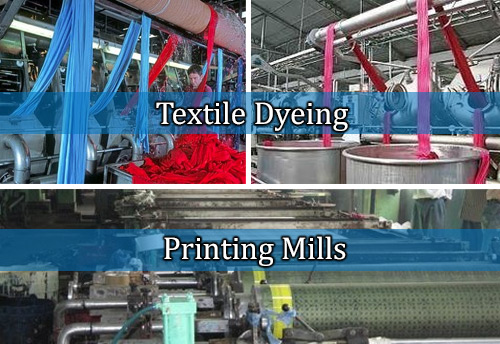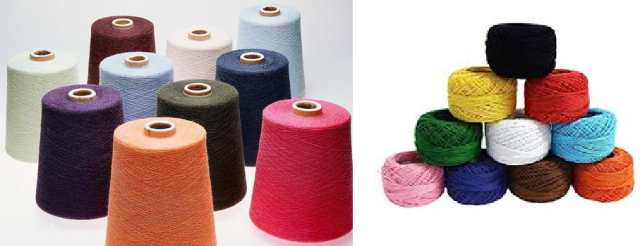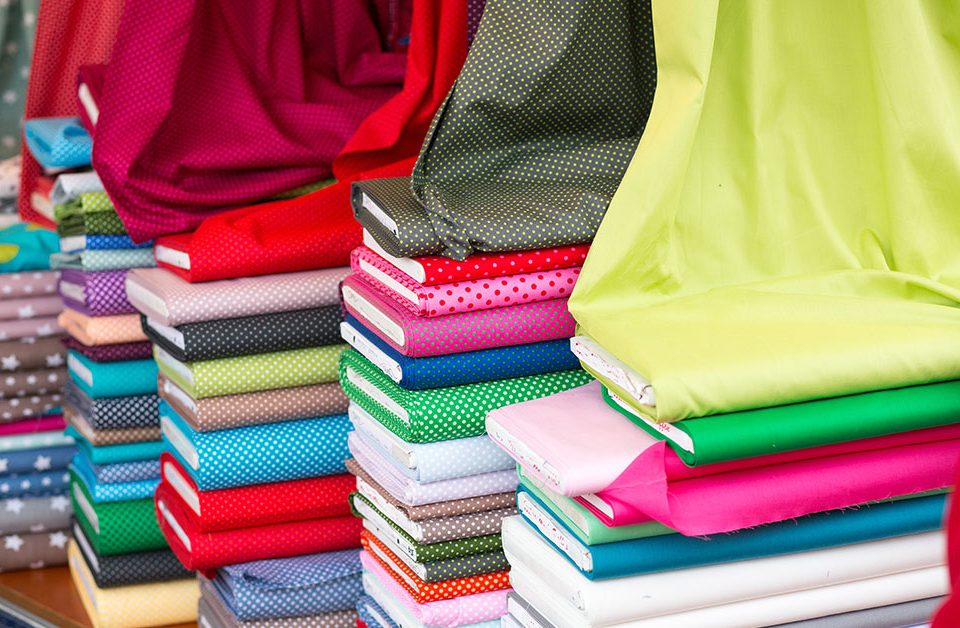ERP at Textile Processing (Dyeing & Printing)- Surat

ERP at Yarn Manufacturing & Processing
November 17, 2022
ERP at Embroidery Industry – Surat
November 21, 2022Textile Processing is one of the Important Industries related with Textile Manufacturing Operations.
Textile Industry in India contributes 14 per cent to industrial production and 4 percent to GDP. With over 45 million people, the industry is one of the largest source of employment generation in the country. According to IBEF report, the size of the textile industry is expected to touch US$ 226 billion market by 2023.
The human desire for better garment and apparel has resulted in the development of the textile manufacturing process. Natural textile fibers meet the desire for comfort and aesthetic trends for human consumption. But, the advancement of science, introduced several man-made fibers for conventional textile products. The textile manufacturing processes in the global textile industry are producing textile yarn, fiber, fabric, and finished products including apparel. The global textile industry associated with apparel and non-apparel products by the textile manufacturing process. Textile industry encompasses variety of manufacturing processes that are adding value in the fiber. These processes may range over the yarn making through the garment stitching, fabric embossing, and all other composite production. Textile fiber is the basic building unit of any textile product. That’s why, the textile manufacturing processes can clearly be classified as the conventional and technical textiles. The modern research and innovation in textile manufacturing processes introduced us to variety in raw materials and manufacturing processes. Hence, manufacturing process have controlled to ensure product quality which is consumer desired. All the processing stages in textile manufacturing processes from fiber production to finished fabric are monitoring and controlling in process control and evaluation. Textile industry may be classified in several ways depending on the production processes, the obtained final products achieved and so on. In case of textile fabrics, the process starts with the gathering of natural fibers or man-made synthetic production. Then, after spinning process, continues with the processing into textile flat structures, fabrics, in the form of woven fabrics, knit fabric, nonwovens fabric, etc. The fabrics are treated in finishing processes, including dyeing and printing processes, coating, mechanical finishing. These processes will provide new properties to the fabric before the next stage: “the clothing stage”.
Textile Fibres are an integral component which provides to human comfort, and sustainability.
Textile Manufacturing Processesing
All textiles are prepared by help of fibers which are arranged in multiple ways consisting designs, strength, durability and texture. Dyeing and printing is the second last stage of textile manufacturing process conducted in dyeing mills. Spinning and weaving are such stages which focus on the quality of fabrics whereas: dyeing, printing and finishing focuses on colours and appearance of the fabric. This ultimately leads to increase in the product value. 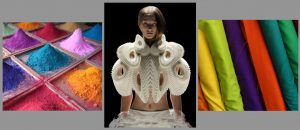
Dyeing, Printing And Finishing Process In Textile Mills – A Process Of Providing Impression To Fabrics
Textile dyeing is a process in which colour is transferred to a finished textile made ready to be exported. This process adds permanent and long lasting colour to the apparel. Textile Dyes and Chemicals are available as, crystals, powders pastes, or liquid dispersions and they completely dissolve in an aqueous solution like water. When the textile and the dye are combined, textiles completely saturate by dye and colour. There are several kinds of dye conducting in textile manufacturing process such as: Natural dyeing, chemical dyeing, industrial dyeing, dip dyeing, resist dyeing, and so on. Natural dyes are carried by natural colours minerals, plants and animals. They suit best for environment friendly process. Generally, dye dissolves into water and requires a mordant. A mordant is chemical that creates a bond with dye to make it insoluble i.e. the colour remains on textile when it is rinsed following dyeing process. This process is actually used for fabrics like nylon and polyester. Contrarily, direct dyes do not require any mordant instead they are used to dye natural fibers such as wool, cotton, silk. Another category is vat dyes which are made up of indigo material. Indigo is a plant providing a deep blue colour and is also one of the oldest natural dyes.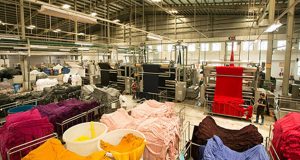
Textile Dyeing Process in Textile Mills
Printing means partial or localized dyeing. It can be described as the controlled placing of defined areas of color onto a substrate. Fabrics are often printed with various colours and different patterns along with using a variety of techniques and machine types. It is the process of transferring pattern/decoration of few colours in any single variety of techniques to fabric. It includes the surface application of colour in a particular design by direct/resist methods. Textile printing is a technique of complementing patterns as well as designs to fabric. Pigments are insoluble and consists absence of affinity for fibres compared to dyes. Resin binders are mostly used to attach pigments to substrates. Solvents are utilized for transporting pigment as well as resin mixture to the substrate. Then these solvents evaporate resulting into a hard opaque coating. There are several methods for printing such as block printing, screen printing, digital printing, direct printing, discharge printing, heat-transfer printing and so on.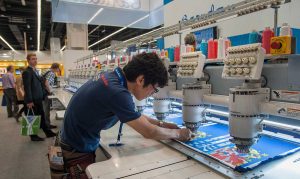
Textile Printing Process in Textile Mills
The textile industry generally involves lengthy and complicated processes such as procurement, manufacturing, distribution of the product, channel management as well as sales generation. Another important step is Quality Control – right from the raw materials to the finished goods. Hence, it is imperative to explore an efficient solution that can help business owners place themselves confidently at the global platform. ERP software for textiles helps you manage your entire business process, end-to-end. An ideal ERP system uses a single database which allows different departments to communicate with each other, without having to maintain data at multiple locations. The software helps in better management of critical areas of textile production such as raw materials, finance, inventory, quality, plant management and so on. Hard’n Soft ERP for textiles is the tool that gives you the advantage of time and cost efficiencies, visibility and functionality along each progression of process from idea to delivery. This award winning software gives you real-time detailed data of orders, helps draft quick query responses, effective control and monitor the operations, plan and schedule order accurately and predict data in a better way.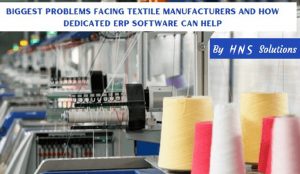
Why does your Business Need ERP for Textile Processing
Basic Components of ERP
As the competition is increasing in Textile Industry; the ERP market has also seen the same. There are generic ERPs like SAP, Oracle, JD Edwards, Peoplesoft, and Microsoft Dynamics etc which cater to all the industries worldwide. Then there are ERP specific to Textile Industry like Hard’n soft . Hard’n soft One of the oldest ERP in Textile sector started way back in 1987 with over 350+ implementations all around the India. With the success of implementation Hard’n Soft moved to Web in the year 2018. This allowed them to cater a whole large audience around the india. The product is positioned on Small, Medium and Large scaled organizations.
Choosing the Right ERP !!
Textile ERP software helps businesses streamline and automate their processes, and manage their entire process from start to finish much more efficiently. A good ERP system offers efficiencies of time and cost affords greater end-to-end visibility and functionality across the organization. ERP software in textile industries can greatly enhance their chances of success and help them stay competitive through innovative and flexible features and modules. With more and more textile manufacturers choosing to implement ERP solutions, it is definitely here to stay. If your company hasn’t yet implemented one, it’s time to seriously consider this option. 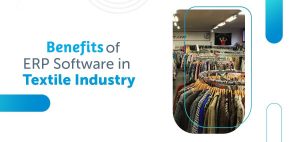
Benefits Offered by ERP in Textile Processing
Platform Options to base your ERP solution
World’s Best Open Source ERP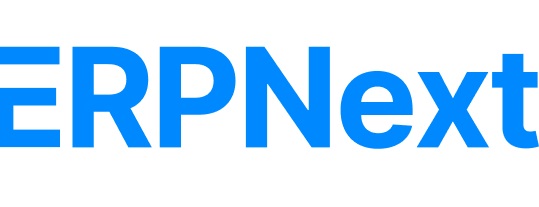
The ERP For Small & Medium Enterprises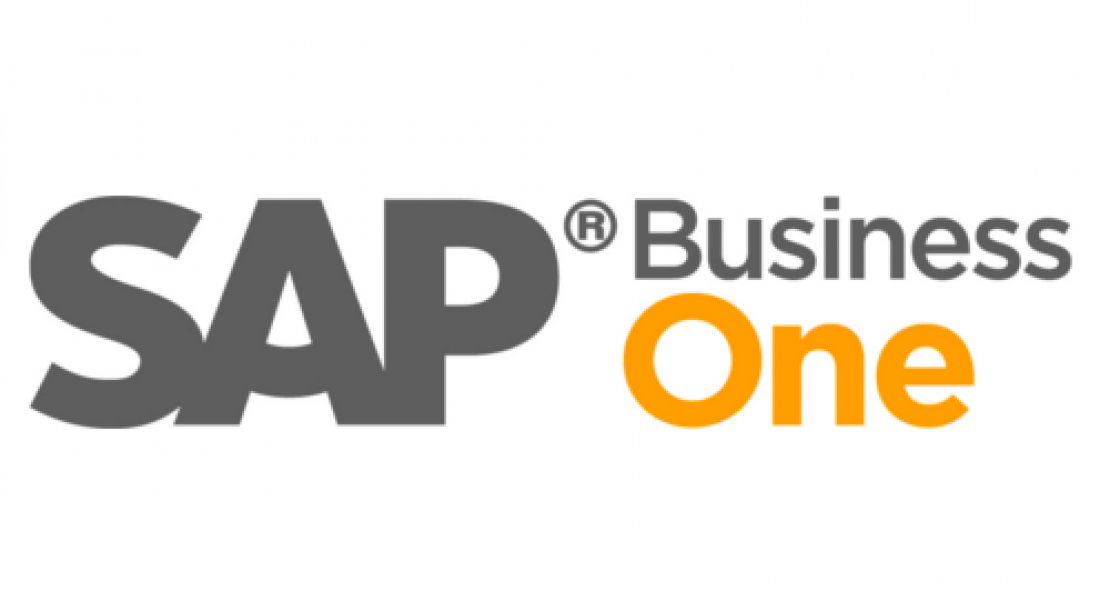
Complete Suite for your Business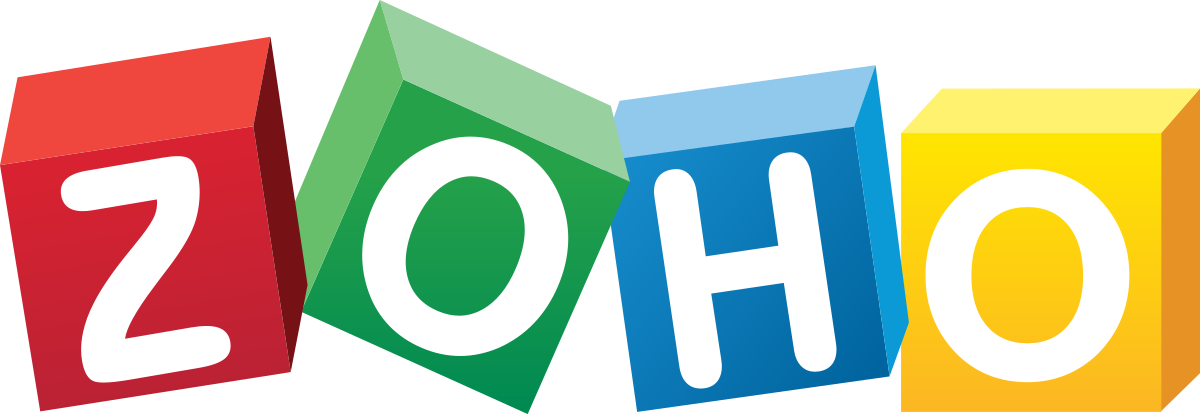
The Customized ERP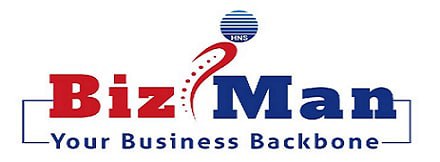
A Few of Our esteemed client from the Textile Proccessing Industry
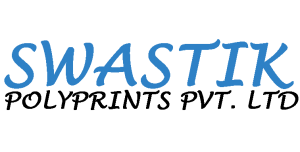
Swastik Polyprints Pvt Ltd
Surat

Shreeji Prints Pvt Ltd.
Surat
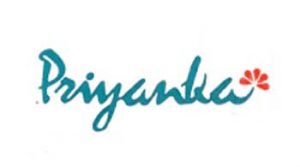
Priyanka Processors Pvt Ltd
Surat

Yes Dyeing & Printing Pvt Ltd
Surat

